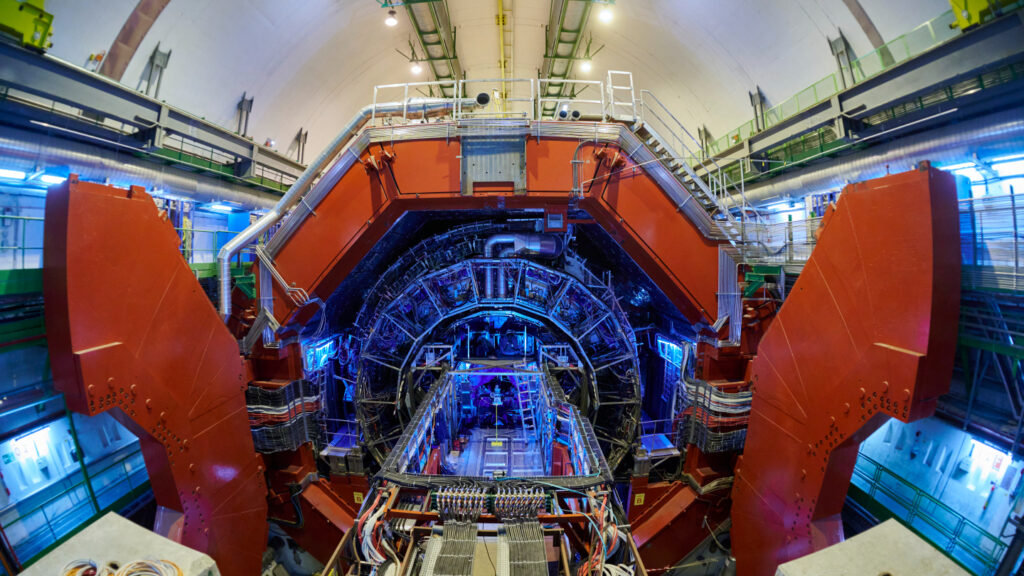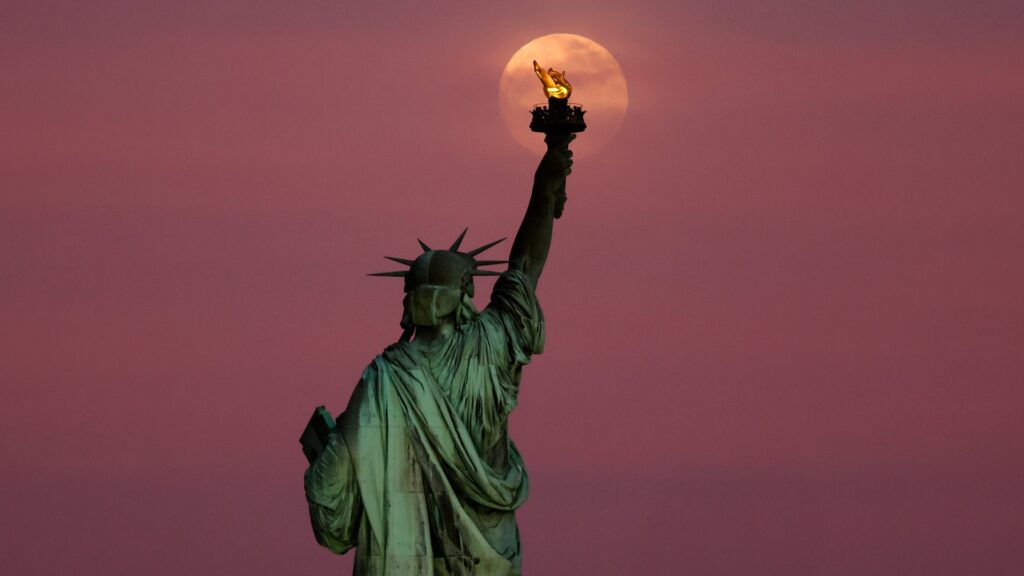The distorted spiral galaxy at center, the Penguin, and the compact elliptical at left, the Egg, are locked in an active embrace. This near- and mid-infrared image combines data from NASA’s James Webb Space Telescope’s NIRCam (Near-Infrared Camera) and MIRI (Mid-Infrared Instrument), and marks the telescope’s second year of science. Webb’s view shows that their interaction is marked by a glow of scattered stars represented in blue. Known jointly as Arp 142, the galaxies made their first pass by one another between 25 and 75 million years ago, causing “fireworks,” or new star formation, in the Penguin. The galaxies are approximately the same mass, which is why one hasn’t consumed the other.
Related posts
-

Modern-day alchemy! Scientists turn lead into gold at the Large Hadron Collider
For centuries, alchemists dreamed of turning lead into gold — not through magic, but by unlocking... -

Aubrie Henspeter: Leading Commercial Lunar Missions
As NASA partners with American industry to deliver science and technology payloads to the Moon, a... -

May’s full Flower Moon delights skywatchers worldwide with stunning lunar display (photos)
May’s full ‘Flower Moon’ bloomed brightly on May 12, dazzling stargazers with a spectacular display of...